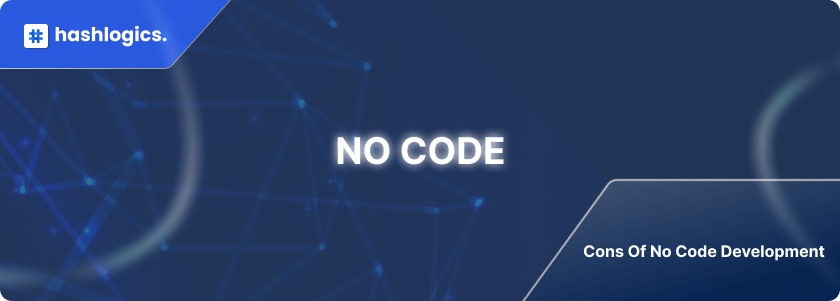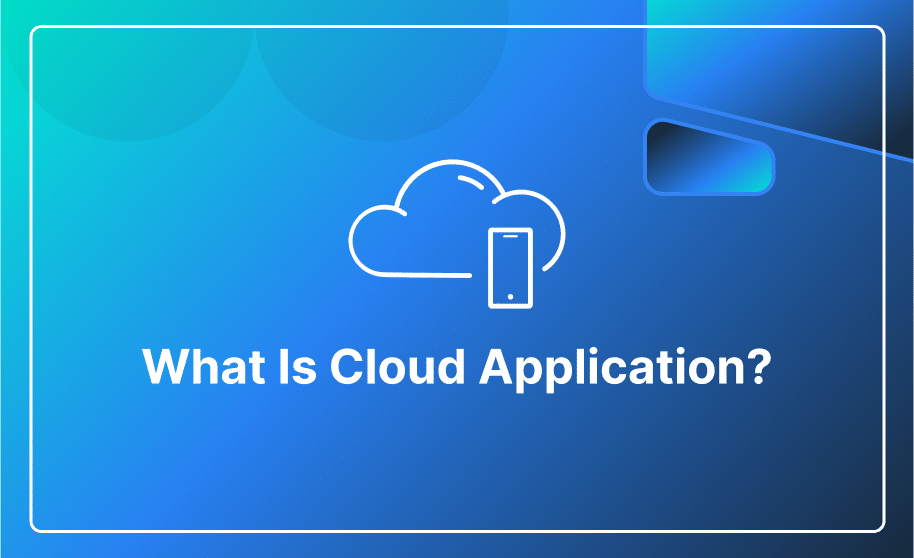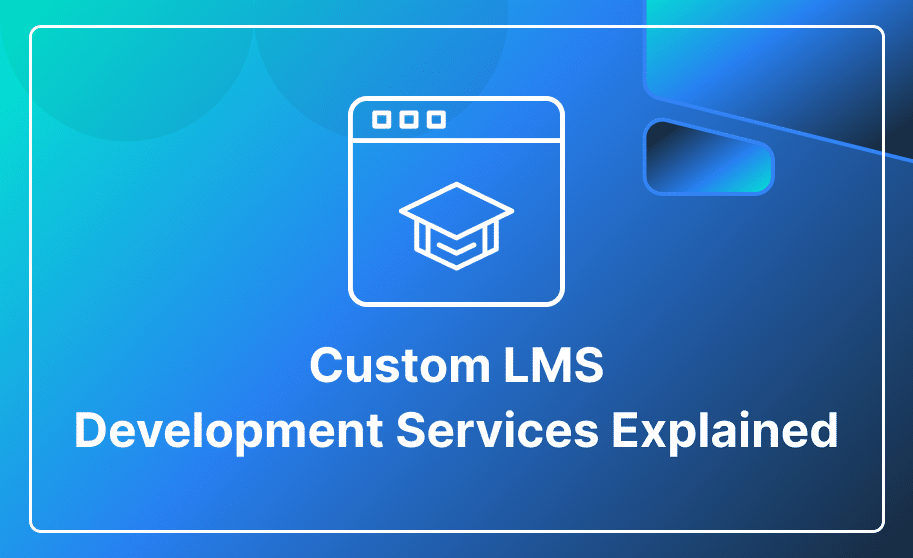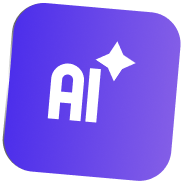What is a no-code development platform?
A no-code development platform simplifies software creation through visual tools that enable the users to select and drop components for building web or mobile apps. Unlike traditional coding, where developers spend time writing code, no-code platforms handle these complexities behind the scenes.
These platforms do not require extensive coding expertise and knowledge of programming languages. Instead, they empower users of varying skill levels to create applications by abstracting the technical details, allowing anyone on the platform to craft their desired app visually.
Pros of No Code Development
- Efficient Deployment Process
Traditional development involves multiple stages, requiring thorough revisions to meet evolving business needs. No-code methods streamline this process, allowing quick app version changes with a click, facilitating error resolution, and focusing on critical tasks.
- Enhanced Flexibility
No code enables easy app customization without extensive expertise. Starting small and scaling based on business demands eliminates the need for entirely new apps for additional features.
- Quick Development Speed and Efficiency
Learning coding takes time, but no code’s drag-and-drop interface accelerates the process. Functional apps can be built and released in hours or days, significantly reducing time-to-market through automated testing.
- Cost-Efficient
No-code can be up to 80% cheaper than traditional methods, negating the need for highly skilled developers and requiring less time investment.
- Empowerment of Non-Technical Users
No code allows non-programmers to envision and execute software projects immediately, empowering stakeholders with minimal programming knowledge.
- Enhanced Productivity
No-code’s quick process and reduced back-and-forth enable faster implementation of custom practices, allowing teams to focus on multiple crucial projects.
- Prototyping and Iteration
No-code facilitates faster product launches and adaptations to user feedback by offering pre-built elements for easy customization.
- Simplified Maintenance and Updates
No-code platforms simplify modification and updating apps without digging into extensive coding, making feature rollout quick and effortless.

Cons of No Code Development
Enhanced Security Risks
No-Code Development Platforms claim to insert security measures, but they lack the strength of tailored solutions. This arises due to the lack of authority over the foundational code, delaying timely code audits for identifying security vulnerabilities. In case of a breach, a delayed response from the provider exposes crucial systems, further intensified by uncertainties like company acquisition.
Limited Scalability and Complexity
Subscription-based models provide basic tools initially, yet scaling operations might overwhelm them as user demands grow. High service expectations and increasing user counts often lead businesses to migrate to custom solutions for scalability. While no-code solutions accommodate citizen coders for simple apps, doubts arise regarding their adaptability to complex business needs, potentially requiring substantial coding.
Constrained Template Flexibility
While no-code platforms offer various features and templates, customizing apps for specific business logic may exhaust available building blocks. This limitation confines app development unless complex and expensive workarounds are employed, resulting in a rigid and cost-intensive product within the platform’s constraints.
Potential Vendor Lock-in
Migrating from a No Code Platform can pose challenges due to vendor lock-in, preventing seamless transitions between providers. Lack of code ownership and complexities in maintaining migrated apps might result in inaccessible or unmanageable source code. Access to documentation may not encompass the complete implementation process, complicating future modifications.
Limited Support
No-code platforms often prioritize support based on subscription tiers, leading to delayed issue resolution for lower-tier subscribers amidst high ticket volumes. Inadequate attention to support issues may escalate minor bugs into significant operational problems.
Creativity and Uniqueness Constraints
Limited design options on no-code platforms hinder app uniqueness, complicating efforts to stand out and attract more users. While platforms allow feature imports through custom code, opting for low-code or custom design may be more beneficial.
Learning Curve Challenges
No-code development is ideal for simple applications but presents a steeper learning curve for full-fledged products. Compromising components to avoid complexities often results in commonplace interfaces. To achieve uniqueness, significant effort and learning investment are required, impacting both time and finances.














